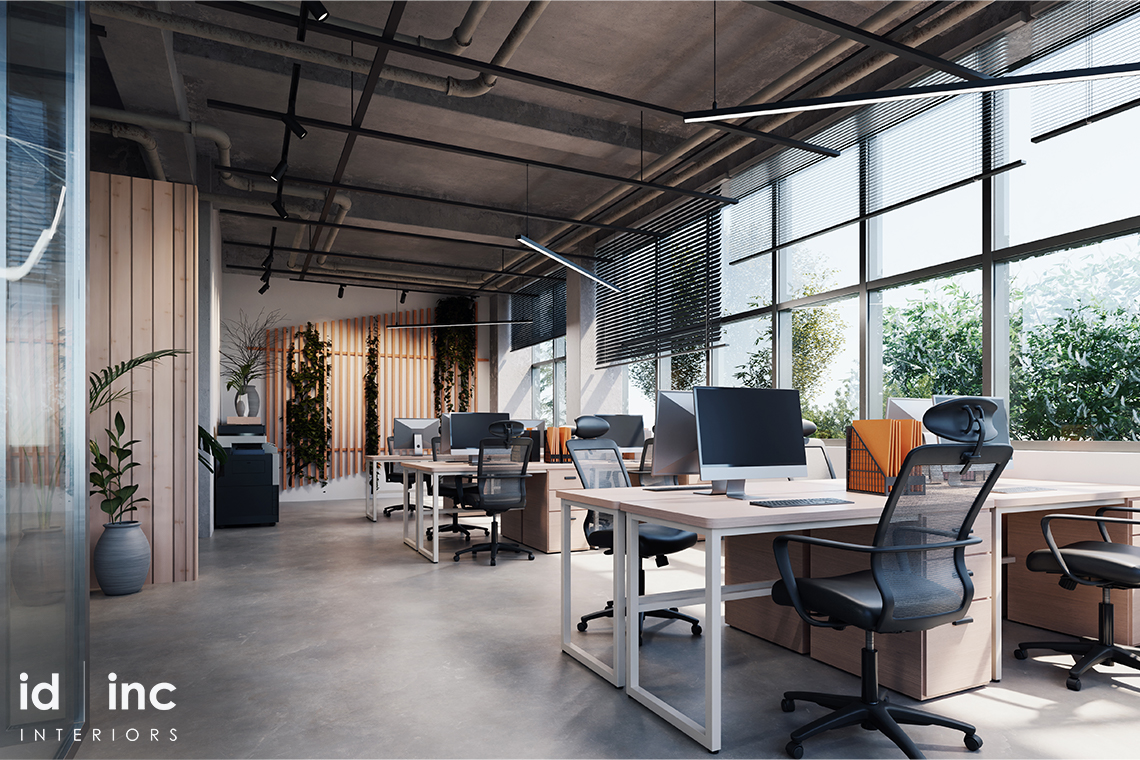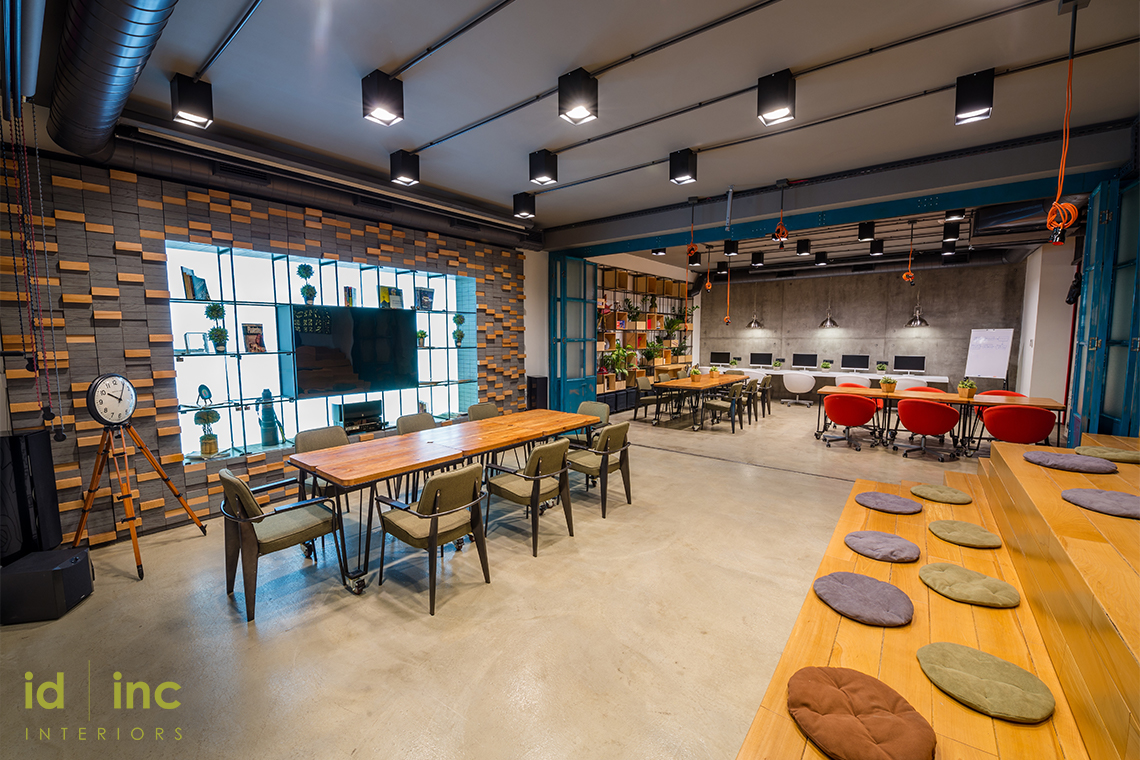When it comes to deciding on an office layout, maximising productivity is usually on top of the list of priorities for an organisation. Manpower is a precious asset for any business, and ensuring that employees have an environment that is optimal for getting work done, is a decision that can pay dividends in the future.
While employers may instinctively understand that a comfortable, people-centric workplace design can boost productivity and office morale, actually creating such an office is a little more difficult. It’s also important to realise that there is no-one-size-fits all solution and every business has different organisational needs. That said, there are some well-established office interior design practices in Singapore that can motivate, inspire, and drive your workers to be more productive. We uncover some of these design ideas below.

1) Creative Flexible Spaces For Different Needs
Businesses are very rarely rigid. With technological advancements and automation, human workers are often expected to fulfil various roles, apply critical thinking, and solve problems creatively. Modern workplaces need to reflect this changing reality and adopt flexible spaces which are suitable for different purposes.
Modern open concept offices are one example of thinking out of the box when it comes to office design. While they may be great for collaboration, brainstorming, creativity, some employees may have tasks that require quiet concentration. In such cases cubicles may be a more logical approach.
Using movable dividers or panels can be a flexible compromise that allows for both rigorous diligent independent work and cross-pollination of ideas when such a need arises. Such hybrid spaces that are somewhere between open concept and closed cubicles are fast becoming popular as businesses recognise their value in serving different operational needs.

2) Better Lighting To Improve Mood And Reduce Strain
When it comes to any kind of office interior design, many people might focus on things like layout, furniture, and colours while forgetting about lighting. Often businesses may even opt for generic fixtures and not spare a second thought about how it affects employees.
The truth is with our reliance on digital devices and screens, lighting is one of the most important aspects of a modern workplace. Good cool lighting can stimulate critical thinking and improve productivity while simultaneously reducing eye strain from looking at screens.
Getting natural light into the office is a cost-effective yet highly regarded way to improve lighting inside the workplace. It’s crucial to keep in mind that the amount of available light changes throughout the day and over different seasons so natural light by itself is usually not adequate. Ideally, office interior designers usually recommend a mix of both natural light and artificial lighting to improve mood, productivity, alertness and reduce fatigue.
3) Introducing Conducive And Efficient Workplace Flows
When we talk about people-centric design, it’s all about shifting perspectives and looking at the office through an employee’s eyes. Office design productivity begins where an employee enters the office and is a function of all the elements incorprated within the space. With this in mind, it’s crucial to think about how the flow of an office can impact productivity.
Narrow pathways between communal areas for example may result in employees choosing to stay tethered to their desks. This can reduce collaboration and result in unhappier workers. On the other hand, clear paths to properly defined designated areas can improve workflow and speed up processes. Simple addition and alteration (a&a) works to change the way your office operates may help to streamline work processes and make things easier and more efficient for your employees.
Additionally, optimising the placement of furniture and equipment, such as placing printers or scanners close to desks, can help minimise disruptions and reduce inefficiencies. Communal areas should also be strategically located such that they are far enough away from work desks that employees are able to disengage from their tasks while they take their breaks.
Learn More: Three A&A Works That Can Transform Your Office Working Environment
4) Better Colours To Inspire And Motivate
In order to project a professional image, many businesses tend to opt for bland office colours like white or grey. Choosing such drab colours can make work feel more dreary for employees and induce monotony. It can be useful to consider a mix of colours in the workplace to make the space more conducive to work.
Muted colours like earth tones, blue, yellow, or green are good for the main work areas while more energetic colours like purple or orange may suit communal pantry areas. Choosing colours that reflect a company’s brand when deciding on your office interior design can also help foster a sense of belonging and pride among employees.
Introducing pops of colours through artwork can help break up vast stretches of blank wall and help with concentration. Overall, colours can be an effective tool to create a workspace that is both functional and aesthetically pleasing.
Optimising a workplace for productivity can seem overwhelming at times. It’s hard to say how exactly your decisions will affect morale and performance. In these situations it is always best to stick to the basics and get an expert in to advise you on how you can design an office for happy and productive employees.
As a leading regional commercial interior design firm in Singapore, we know first-hand how intelligent office design can empower companies and improve their bottom line. Contact us today to learn more about our services and drop us a line with your questions.